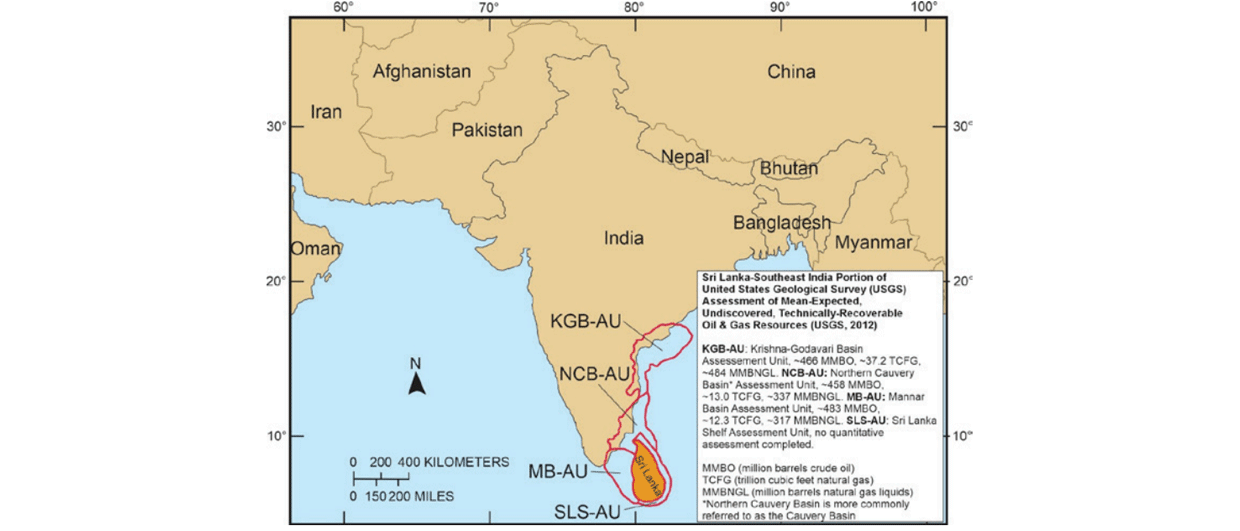The first hydrocarbon licensing round was announced January 22 by Orkustofnun, the National Energy Authority (NEA). The Icelandic government has announced that it offers exclusive exploration and production licences in the Northern Dreki Area on the southern segment of the Jan Mayen Ridge. It covers 42,700 km2 in water depths between 1000 and 2000m.
Three areas on the Icelandic continental shelf are thought to have potential for commercial accumulations of oil and gas. They are Bergrisi in the Hatton-Rockall area, Gammur on the northern insular shelf of Iceland, and Dreki east and northeast of Iceland, according to Orkustofnun.
The Jan Mayen Ridge is thought to have potential for hydrocarbon accumulations because of its geological similarity to hydrocarbon basins which were adjacent prior to the opening of the northeast Atlantic. This includes the Jameson Land Basin onshore East Greenland, where oil is known to have been generated and preserved in sandstone bodies, as well as West of Shetland, the Norwegian Sea and the North Sea.
Since the onset of seafloor spreading in the northeast Atlantic 55 million years ago, they have gradually moved apart as Iceland and the surrounding ocean basins were created. The Jan Mayen Ridge was gradually separated from the continental shelf of Norway and Greenland, then became isolated and surrounded by newly created ocean floor. The Jan Mayen Ridge is therefore a sliver of continental crust – a microcontinent – bounded by rifted continental margins on both sides.
The eastern margin developed as the outermost part of the continental shelf of Greenland during the initial breakup of the continent and the opening of the Norway Basin. It is characterized by an eastward thickening pile of basaltic lava flows which was erupted over the pre-existing continent during the events leading to the creation of the ocean basin east of the ridge (Norway Basin). The western margin developed as a result of rifting within the Greenland continental shelf and seafloor spreading on the Iceland Plateau. It is characterized by tilted extensional fault blocks and an extensive complex of sills or lava flows which covers the deep basins west of the ridge.
Several factors indicate that the northern Dreki area may have hydrocarbons, according to Orkustofnun: Sedimentary rocks of sufficient thickness and age are present, there are indications of sedimentary rocks pre-dating the initial opening of the Norwegian-Greenland sea (such sediments are likely to be analogous to those preserved in the Jameson Land Basin onshore East Greenland where source rocks are present and oil known to have been generated), reservoir rocks are also likely to be present (among the candidates are submarine fans derived from East Greenland), structures and stratigraphic configurations with potential to act as hydrocarbon traps are clearly present, and seismic reflection anomalies are observed which may indicate the presence of hydrocarbons.
The northern Dreki includes the Icelandic part of the Jan Mayen Agreement area which was defined in an agreement reached with Norway in 1981. It straddles the delimitation line between the economic zones of Iceland and Jan Mayen. According to the agreement, either country is entitled to a minimum of 75% of any oil or gas resources within its own part of the agreement area as well as a stake of up to 25% in any hydrocarbon activities in the other country’s part of the area.
To date two prospecting licences have been awarded in Icelandic waters. The Norwegian company Wavefield-InSeis was awarded a prospecting licence on the southern Jan Mayen Ridge, and TGS-NOPEC was awarded a prospecting licence in a partly overlapping region further south on the Jan Mayen Ridge. Both companies acquired seismic under their licences and have put data up for sale.
The application deadline has been set to 1600 hrs. GMT on 15th of May 2009. The awards are scheduled to take place before the end of October 2009.





